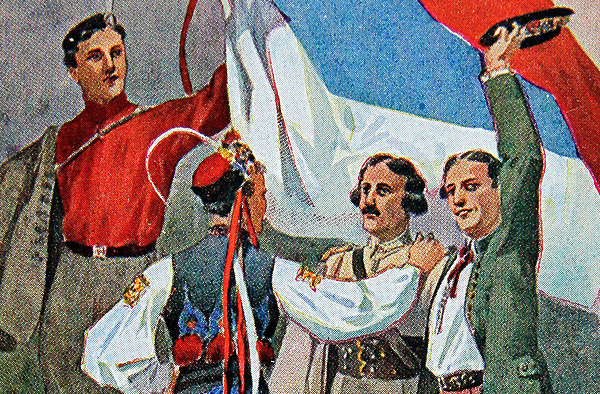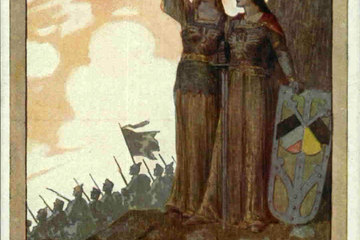In the vast domain of the isms – national programmes and maximum demands
Pan-Germanism, pan-Slavism or Italian irredentism – what all these national ideologies had in common was the desire to join together with their co-nationals and achieve unification in an ideally ethnically pure state, thereby satisfying the yearning for national completeness.
Despite their often conflicting objectives, these maximum nationalist demands were united by their strict exclusion of and differentiation from other ethnic groups. As a rule, one's own ethnic community was ascribed a "mythical role" or a "historical mission" as the source or protector of a culture that had to be defended against an alleged threat from hostile ethnic groups. These demands were at times pursued with almost religious zeal, as was also reflected in the terminology used: thus for instance the term "irredentism" meant the "unredeemed" existence of an ethnic group under foreign domination.
The "völkish" ideologies of the 19th century tended to regard the values and the demands of their own nation as absolute and displayed a clear tendency towards racist and biologistic interpretation models. They aggressively and combatively ignored the rights and dignity of other nations.
At the same time, however, there were also less aggressive utopias that sought the solution for national tensions in federalism, in more democracy and in the opening of historical borders. The many utopias, models and approaches to a solution suggest the very unhistorical question of "what if…."










